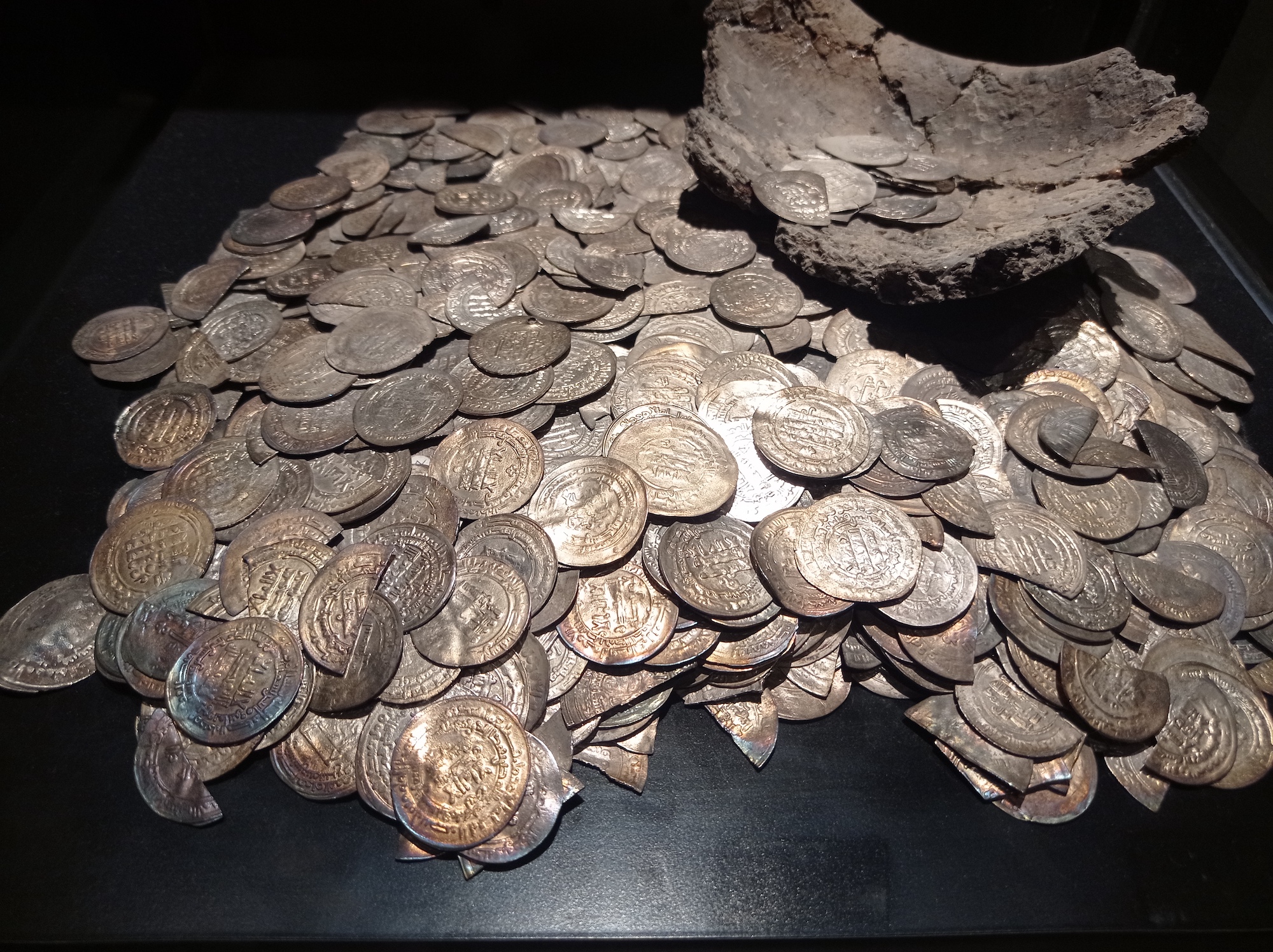Medieval Monetization without Minting: A Challenge to Eurocentric Scholarship
“Japan does not exist.” That was the reply I got from my history supervisor at Lund’s University in 1983 when I wanted to switch focus from medieval Europe to medieval Japan. What he meant, of course, was not that the country does not exist but rather that Japan’s history was irrelevant to the study of history in Sweden. I disagreed then and I disagree now, but it strikes me that very little has changed in four decades. Japan is still not part of the curriculum in many history departments, and at universities where Japanese language and culture are taught, Japanese history is often ghettoized in area studies. Is this marginalization justified? Perhaps the Lund old-timer was correct in that we can safely ignore Japan in the discipline of history? If we only want nationalist narratives, then there is no need to study other areas except to compare them to show the distinctiveness and perhaps even the superiority of our own culture. But, if we believe that there is value in developing theoretical frameworks for understanding societal developments, then each theory needs to take into account more than just the European experience.
A good example of how the non-European world can enhance the discipline and refine its theories is the question of the monetization of the economy, which has been seen as fundamental to a strengthening of medieval states and eventually leading to the commercial revolution of the “long thirteenth century” (1160s-1330s). A fundamental factor in this development is state-controlled minting of coins, which both enabled efficient collection of taxes and the emergence of extensive trade networks.
In thirteenth-century Japan, we find similar developments with an expanding and monetized economy, the emergence of trade networks as well as of new classes of merchants and artisans. But there the similarities end. Japan’s monetization occurred without the minting of a single coin, as only imported coins from China were used for four centuries. European scholars marvel at this development for without state-sponsored coinage, who would vouch for the value of the coins? How could traders be assured that coins would be accepted as rent and tax payments when the state itself had not condoned their usage? And why would Japanese rulers decide not take control of minting with all the benefits it can yield in terms of income and control of trade and taxation? One way of addressing these questions is to make a comparative analysis of the first minting of coins in Scandinavia, which like Japan was peripheral to centers of high economic activity and the minting of coins. Through such a comparison, I contend that we may better understand Japan’s different trajectory but also be better placed to reconsider our theoretical approaches and assumptions in economic history.
Mickey Adolphson is a Swedish historian of medieval Japan, Keidanren Professor of Japanese Studies at the University of Cambridge's Faculty of Asian and Middle Eastern Studies and a Fellow of Trinity College, Cambridge. Adolphson received his PhD from Stanford in 1995 and his first academic appointment was at the University of Oklahoma from 1995 to 1999. Following this he moved to Harvard University, where he was assistant and associate professor of Japanese History. In 2008 he joined the faculty at the University of Alberta as Professor of Japanese Cultural Studies, where he served as chair and associate dean.
Mickey Adolphson is the author of: The Gates of Power: Monks, Courtiers and Warriors in Premodern Japan (University of Hawai'i Press, 2000), Heian Japan, Centers and Peripheries (University of Hawaii Press, 2006), The Teeth and Claws of the Buddha: Monastic Warriors and Sōhei in Japanese History (University of Hawai'i Press, 2007) and Lovable Losers: The Heike in Action and Memory (University of Hawaii Press, 2015). His current research project focuses on Sino-Japanese trade in the twelfth century, with a special focus on the import of Chinese copper coins, which eventually led to a monetized economy in the thirteenth and fourteenth centuries.
